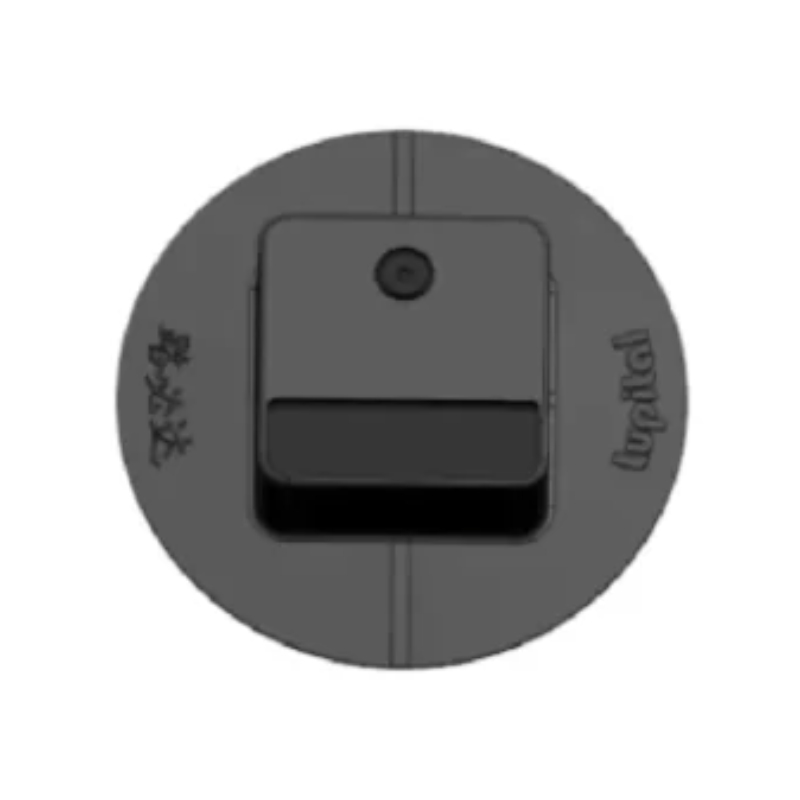Nos veículos modernos, os recursos de segurança são primordiais e uma das tecnologias cruciais que contribuem para a segurança geral do veículo é o Sistema de monitoramento de pressão dos pneus (TPMS). Este sistema desempenha um papel vital em garantir que seu veículo opere em condições ideais, aumentando a segurança e o desempenho. Neste artigo, vamos nos aprofundar no motivo pelo qual o TPMS é essencial para a segurança do veículo, seu principal propósito e onde os sensores de pressão dos pneus estão normalmente localizados.
Compreendendo o TPMS e sua finalidade
Um Sistema de Monitoramento de Pressão de Pneus (TPMS) é projetado para monitorar a pressão do ar nos pneus de um veículo. Seu propósito principal é alertar os motoristas quando um ou mais pneus estão significativamente subinflados. A pressão adequada dos pneus é crucial por vários motivos:
Segurança aprimorada: pneus com pressão baixa podem levar à redução da tração, aumento das distâncias de parada e maior risco de estouro dos pneus. Ao manter a pressão correta dos pneus, o TPMS ajuda a evitar acidentes causados por falha dos pneus. Quando um TPMS alerta o motorista sobre a pressão baixa dos pneus, ele permite uma correção oportuna, reduzindo o risco de incidentes relacionados aos pneus.
Melhor eficiência de combustível: Pneus que não são inflados corretamente criam mais resistência ao rolamento, fazendo com que o motor trabalhe mais e, portanto, consuma mais combustível. Ao garantir que os pneus estejam com a pressão correta, o TPMS pode contribuir para melhor eficiência de combustível, economizando dinheiro e reduzindo o impacto ambiental.
Vida útil estendida do pneu: pneus adequadamente inflados se desgastam de forma mais uniforme e duram mais. O TPMS ajuda a evitar padrões de desgaste irregulares que podem levar à substituição prematura do pneu, economizando assim em custos de manutenção.
Desempenho otimizado do veículo: a pressão correta dos pneus garante que seu veículo tenha melhor dirigibilidade e desempenho conforme projetado. Isso inclui viagens mais suaves, melhor manuseio e conforto geral de direção aprimorado.
O principal objetivo do TPMS
O principal objetivo do TPMS não é apenas prevenir acidentes, mas também manter o desempenho e a segurança do veículo. Ao fornecer informações em tempo real sobre a pressão dos pneus, os sistemas TPMS permitem que os motoristas resolvam problemas com os pneus antes que eles se tornem problemas sérios. Por exemplo, uma luz de advertência iluminada no painel sinaliza ao motorista para verificar a pressão dos pneus, o que ajuda a tomar medidas corretivas prontamente.
O papel do TPMS na prevenção de acidentes
Embora o TPMS em si não previna acidentes diretamente, ele desempenha um papel significativo na prevenção de acidentes ao alertar os motoristas sobre problemas que podem levar a condições de direção inseguras. Por exemplo:
Estouros de Pneus: Baixa pressão dos pneus pode levar a estouros de pneus, que geralmente são repentinos e podem causar perda de controle do veículo. Alertas TPMS ajudam os motoristas a lidar com a baixa pressão antes que ela se torne crítica.
Derrapagem e Perda de Controle: A pressão adequada dos pneus é essencial para manter a tração. Pneus com pressão baixa podem causar derrapagem, especialmente em condições climáticas adversas, aumentando a probabilidade de perda de controle.
Ao manter a pressão correta dos pneus, o TPMS contribui para condições de direção mais seguras, reduzindo indiretamente o risco de acidentes.
Localização dos sensores de pressão dos pneus
Sensores de pressão de pneu, também conhecidos como sensores TPMS, geralmente estão localizados dentro do conjunto do pneu. Veja como eles são instalados:
Direct TPMS: Em um sistema Direct TPMS, sensores são montados nas hastes de válvula dentro de cada pneu. Esses sensores medem a pressão real do pneu e transmitem essas informações para o sistema de computador de bordo do veículo. Esse tipo fornece dados de pressão em tempo real e é altamente preciso.
TPMS indireto: Em um sistema TPMS indireto, os sensores não estão fisicamente nos pneus, mas são integrados ao ABS (Anti-lock Braking System) do veículo ou outros sistemas. Este tipo estima a pressão do pneu com base na velocidade da roda e outros fatores. É menos direto, mas ainda eficaz na detecção de mudanças significativas na pressão do pneu.
Ambos os tipos de TPMS desempenham um papel fundamental no monitoramento da pressão dos pneus, embora os sistemas diretos ofereçam dados mais precisos e imediatos.
Melhor sensor de pneu multifuncional TPMS
Se você deseja obter o melhor sensor de pneu multifuncional TPMS, mas não sabe como escolher, você pode muito bem tentar lúpus. Como um fornecedor profissional de Sensor de Pneus Multifuncional TPMS, a lupital pode fornecer produtos e serviços de alta qualidade. Bem-vindo para entrar em contato conosco para obter informações detalhadas sobre pedidos e serviços!
Conclusão
Em resumo, um Sistema de Monitoramento de Pressão dos Pneus (TPMS) é um recurso de segurança essencial em veículos modernos, crucial para manter a pressão ideal dos pneus, aumentar a segurança do veículo, melhorar a eficiência de combustível e estender a vida útil dos pneus. Ao alertar os motoristas sobre baixa pressão dos pneus e possíveis problemas, o TPMS ajuda a prevenir acidentes relacionados aos pneus e garante melhor desempenho do veículo. Seja usando sensores diretos ou indiretos, a presença do TPMS em um veículo ressalta a importância da manutenção dos pneus na segurança geral das estradas. O monitoramento regular e a resposta oportuna aos alertas do TPMS podem contribuir significativamente para uma experiência de direção mais segura.


